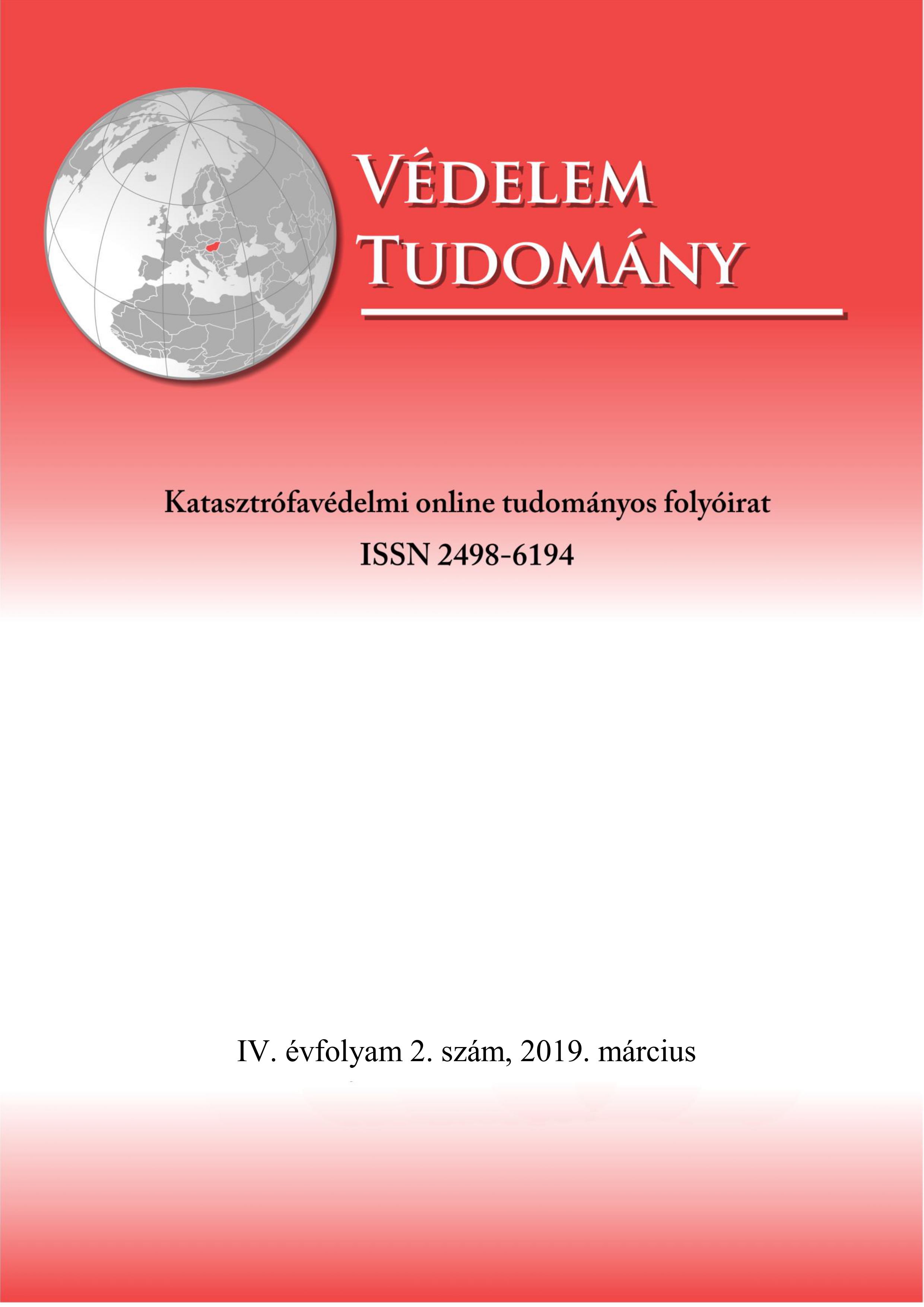A katonaság egészségügyi állapota a Magyar Honvédség történetében
Absztrakt
A háborús egészségügyi ellátást mindég a haditechnika és az orvostudomány állapota határozta meg. A XIX század második felében a nagy fejlődés következett be a harci eszközök modernizálásában és az orvostudomány egyes területeinek felfedezéseiben. Az első világháború, mely a Monarchia és az antant hatalmak között robbant ki, főleg az orosz és olasz frontokon idézett elő szinte megoldhatatlan feladatokat a hadi egészségügy számára. A robbanó
eszközök nagy roncsolt sebeket eredményeztek, melyek súlyos fertőzéseket, fagyásos elhalásokat idéztek elő. A beavatkozások gyakorlatilag csak az amputációkra szorítkozhattak. A legnagyobb hadi veszteségeket azonban a fertőzések és a járványok okozták, az antibiotikumok hiányában. A második világháborúban már felkészültebb volt a Magyar Honvédség Egészségügyi Szolgálata technikailag és szervezetileg. A magyar harci alakulatok
oroszországi vereségeit leginkább a nagy ellenséges túlerő, az időjárási viszontagságok és a katonák gyenge felszereltség valamint a rossz fizikai állapot idézte elő. Ebben a kritikus időben legnagyobb segítséget a kórházvonatok szolgáltatták, melyek a frontvonal és a háttér egészségügyi intézmények között folyamatosan ingázva szállították a sebesülteket.
Hivatkozások
Háború és Orvoslás. Az I. világháború katona-egészségügye, annak néhány előzménye és utóélete. Szerkesztette: Kapronczay Károly. Magyar Orvostörténeti Társaság, Budapest, 2015
A Doni fotós. Reményi József főhadnagy életútja háborús naplója és fényképei. Szerkesztette:
Mezei Bálint. Magánkiadás, Győr 2016.




